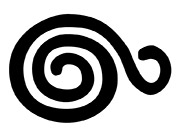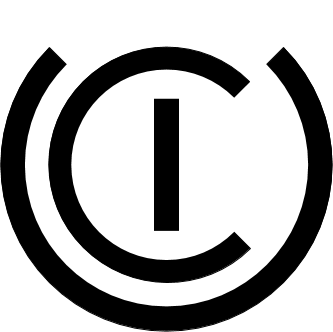
Version 11.0 of the Unicode Standard is now available, both the core
specification and data files. Version 11.0 adds 684 characters, for
a total of 137,374 characters. These additions include seven new
scripts, for a total of 146 scripts, as well as 145 new emoji.
The new scripts and characters in Version 11.0 add support for
lesser-used languages and unique written requirements worldwide,
including:
- Georgian Mtavruli capital letters, newly added to support modern casing practices
- Hanifi Rohingya, used to write the modern Rohingya language in Southeast Asia
- Medefaidrin, used for modern liturgical purposes in Africa
- Mazahua, a Mesoamerican language recognized by law in Mexico
- Mayan numerals used in printed materials in Central America
- Historic Sanskrit, Gurmukhi, and the Buryats
- Five urgently needed CJK unified ideographs: three for chemical names and two for Japan's government administration
Popular symbol additions:
- Copyleft symbol
- Half stars for rating systems
- More astrological symbols
- Xiangqi Chinese chess symbols
- New emoji characters including:
For the full list of emoji characters, see
emoji additions for Unicode 11.0, and
Emoji Counts. For a detailed description of support for emoji characters by the Unicode Standard, see
UTS #51, Unicode Emoji. Version 11.0 also includes other improvements for emoji handling:
- a mechanism to request the glyph direction for emoji
- descriptions of the four new emoji hair components
- descriptions of gender neutral emoji
- simplified statements of emoji-related rules for grapheme cluster boundaries and for word boundaries.
Three other important Unicode specifications have been updated for Version 11.0:
Unicode 11.0 includes a number of changes. Some of the Unicode
Standard Annexes have modifications, often in coordination with
changes to character properties. In particular, there are changes
to:
The Unicode Standard is the foundation for all modern software
and communications around the world, including all modern operating
systems, browsers, laptops, and smart phones—plus the Internet and
Web (URLs, HTML, XML, CSS, JSON, etc.). The Unicode Standard, its
associated standards, and data form the foundation for CLDR and ICU
releases.
Adopt-a-Character
All the new characters including the new emoji are now available for adoption to help the Unicode Consortium’s work on digitally
disadvantaged languages.


 Unicode® ICU 62 has just been released. It upgrades to
Unicode® ICU 62 has just been released. It upgrades to ![[badge]](http://www.unicode.org/announcements/ynh-infinity.png)
 Version 11.0 of the Unicode Standard is now available, both the core
specification and data files. Version 11.0 adds 684 characters, for
a total of 137,374 characters. These additions include seven new
scripts, for a total of 146 scripts, as well as 145 new emoji.
Version 11.0 of the Unicode Standard is now available, both the core
specification and data files. Version 11.0 adds 684 characters, for
a total of 137,374 characters. These additions include seven new
scripts, for a total of 146 scripts, as well as 145 new emoji.![[emoji image]](http://www.unicode.org/announcements/ynh-fortune-cookie.png)


